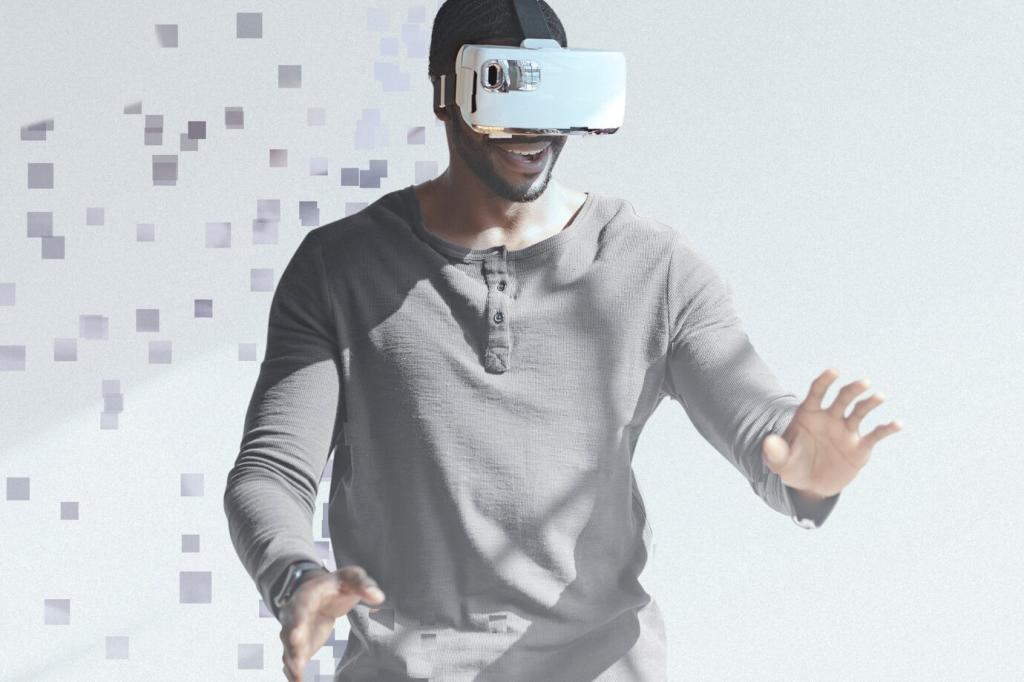The Future of AR in Creative Design
Chosen theme: The Future of AR in Creative Design. Step into a world where sketches leap into space, stories unfold around you, and every surface becomes a canvas for imagination and interaction.
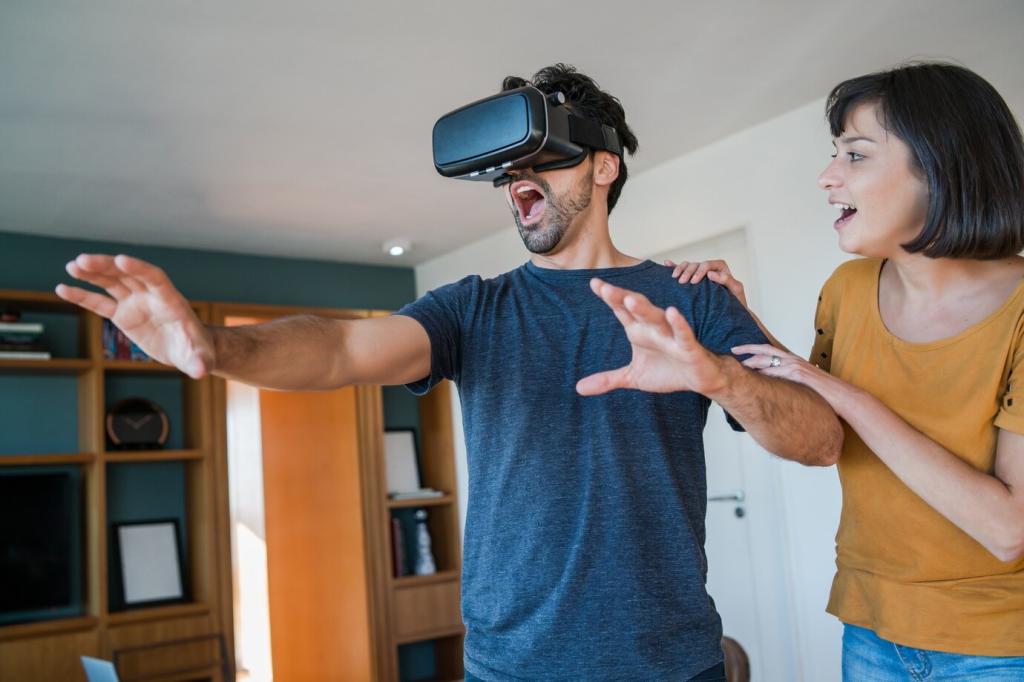
Why AR Is Reshaping Creative Design Now
Designers can now preview ideas in the exact environment they’ll live in. Instead of guessing scale, lighting, and flow, AR places creative work into the real world, closing the gap between intent and experience.
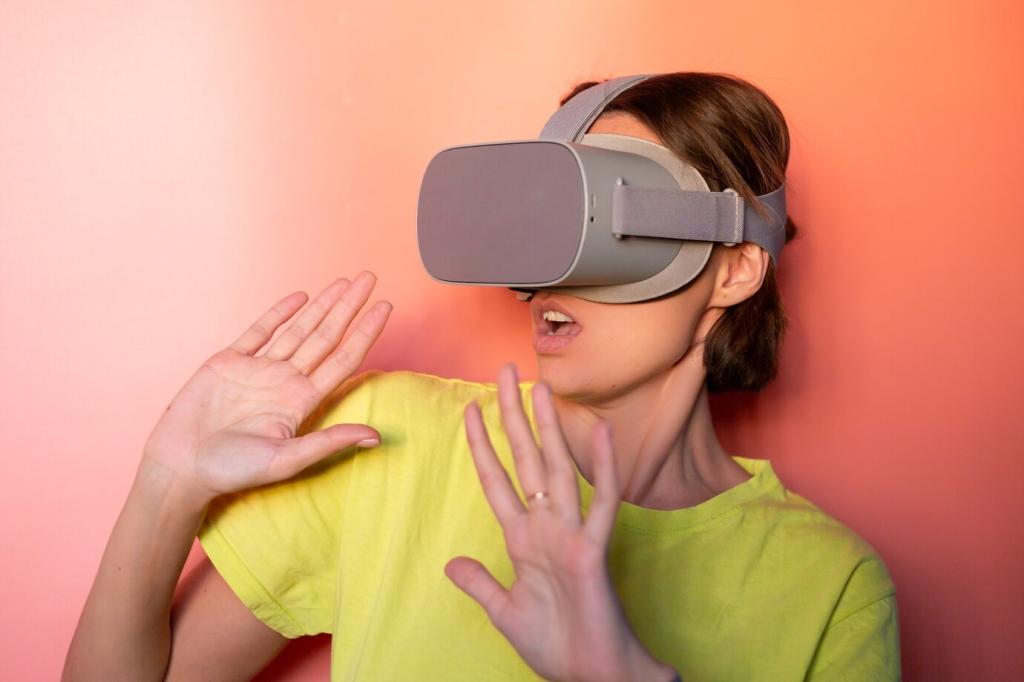
Anecdote: The Poster That Came Alive
The client wanted awareness, not another flat visual. The team designed an AR layer that animated illustrations, whispered backstory, and let people unlock hidden scenes by moving closer or farther from the poster.
Anecdote: The Poster That Came Alive
On launch day, passersby discovered characters stepping off the paper and onto the sidewalk. A child laughed, a commuter filmed, and a nearby café offered discounts when the dragon perched on its chalkboard.
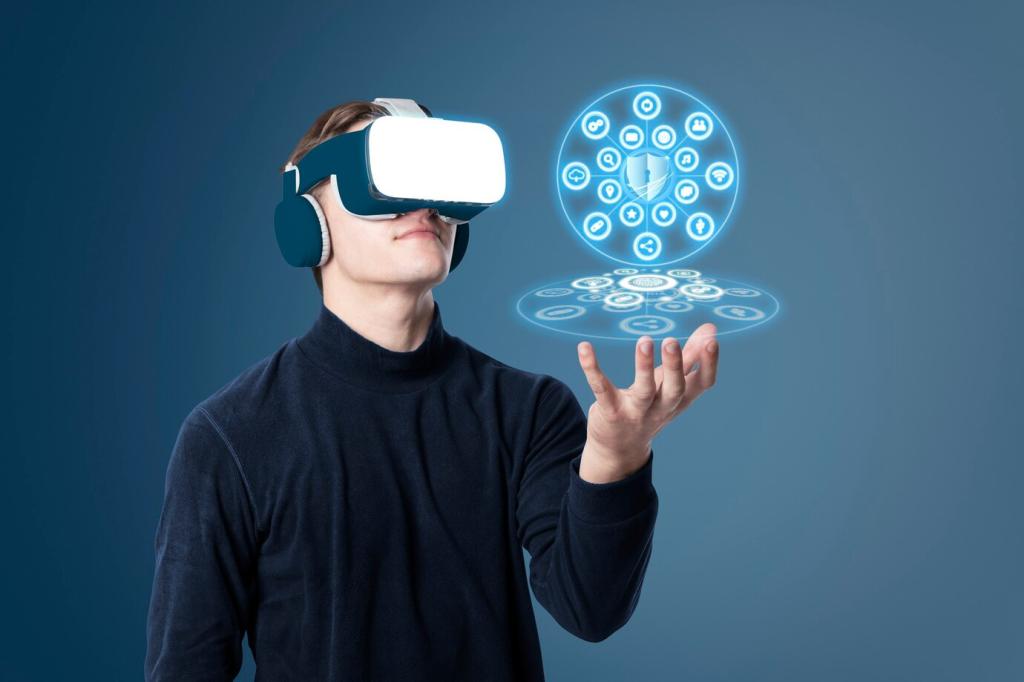
Unity and Unreal excel for advanced experiences and headset deployment. For mobile and web, consider WebXR, 8th Wall, or Adobe Aero for fast iteration and frictionless, link-based access.
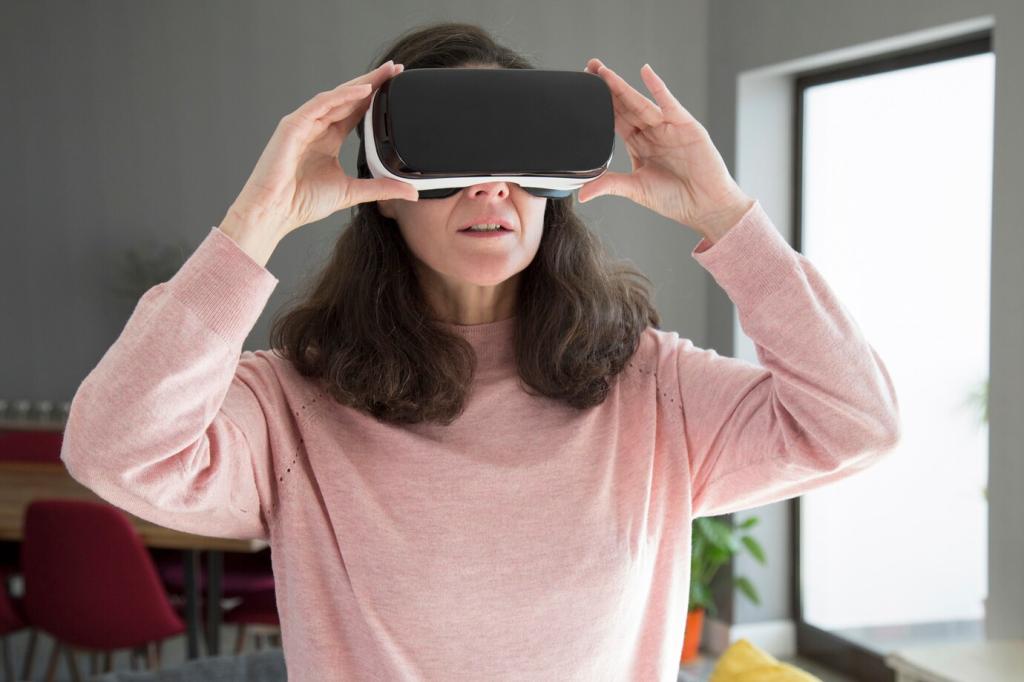
Prototype early in the target environment. Walk routes, test anchoring, and observe lighting changes. Invite users to narrate what they expect to happen next, then design toward those expectations.
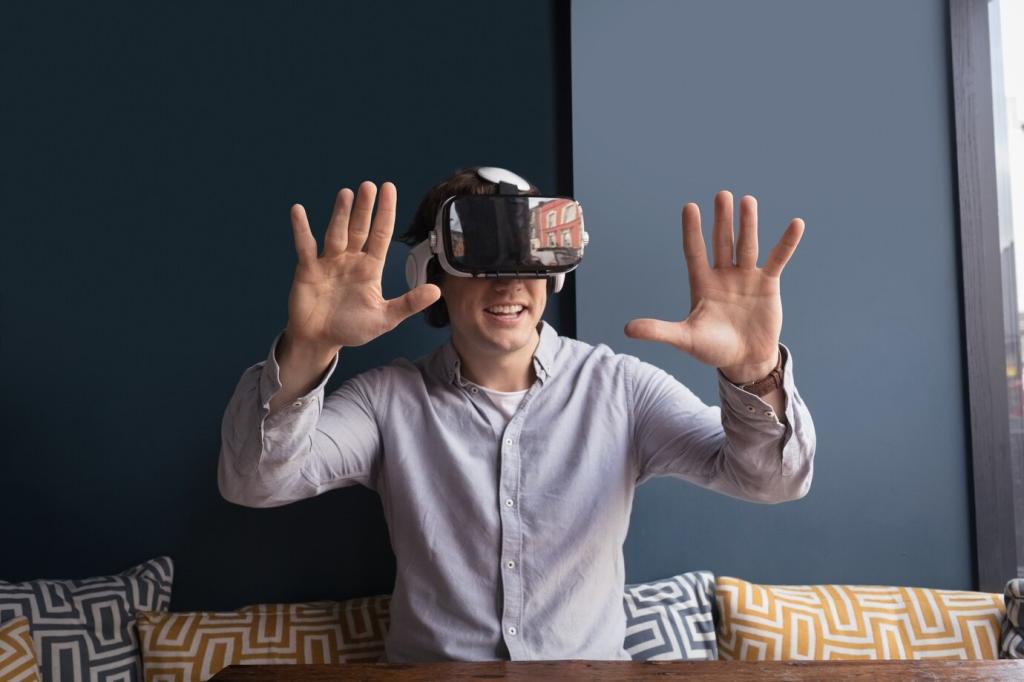
Optimize meshes, atlases, and materials for low latency. Use level-of-detail models, bake lighting where possible, and set strict budgets for draw calls to keep interactions responsive and comfortable.
Human-Centered AR: Ethics, Accessibility, and Comfort
Avoid hijacking attention with aggressive overlays or constant motion. Use subtle transitions, rehearsal time, and clear exits so people feel in control rather than overwhelmed in their own surroundings.
Human-Centered AR: Ethics, Accessibility, and Comfort
Provide captions, audio descriptions, adjustable contrast, and alternative interaction modes. Support seated use, one-handed controls, and low-reach targets to welcome a full spectrum of users.
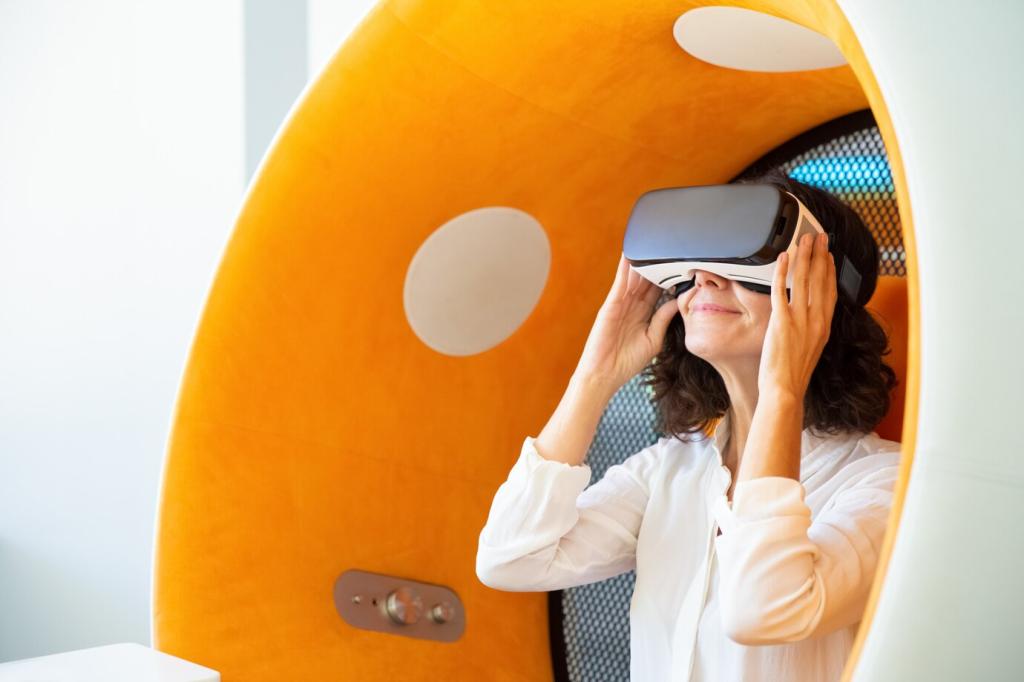
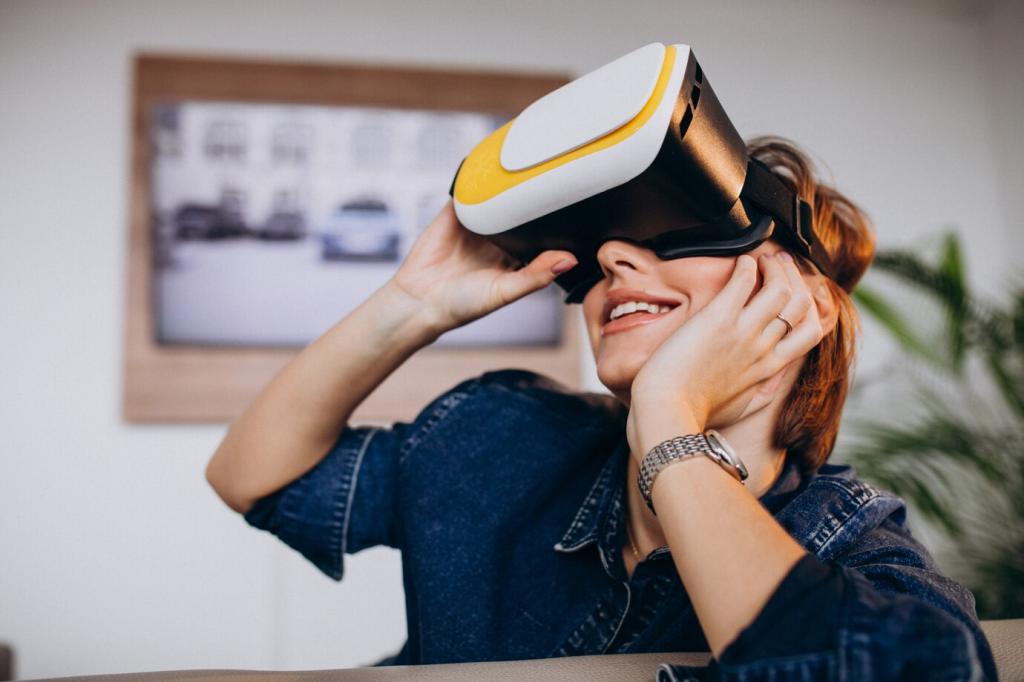
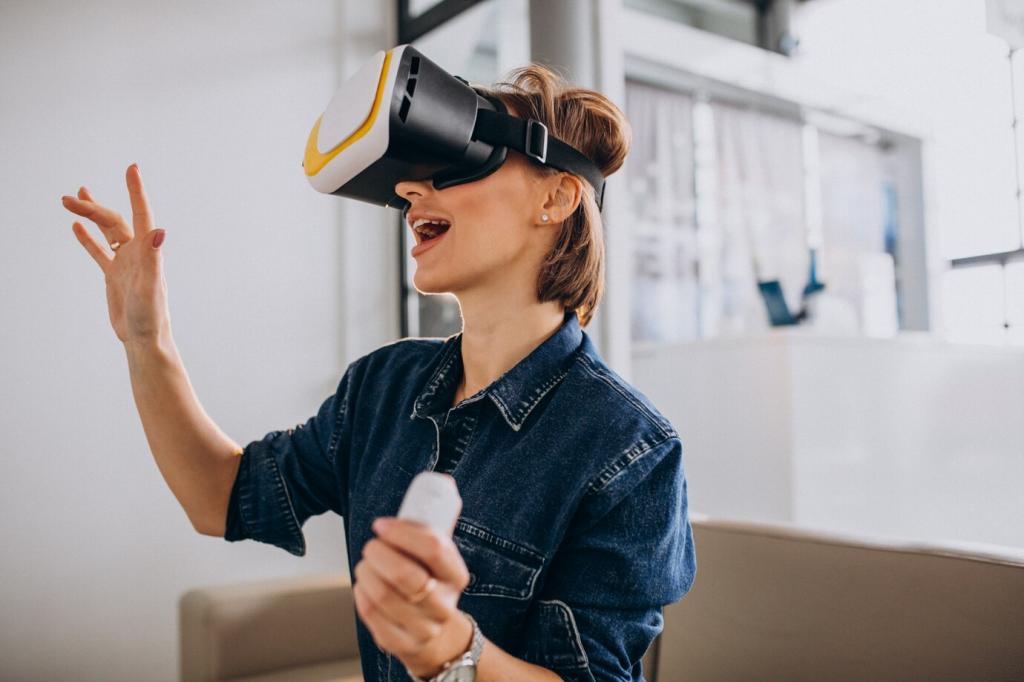
Measuring Impact: From Wow to What Worked
Track dwell time, interaction depth, completion rates, session return, and social amplification. Qualitative notes about delight or confusion can be as decision-shaping as numbers.
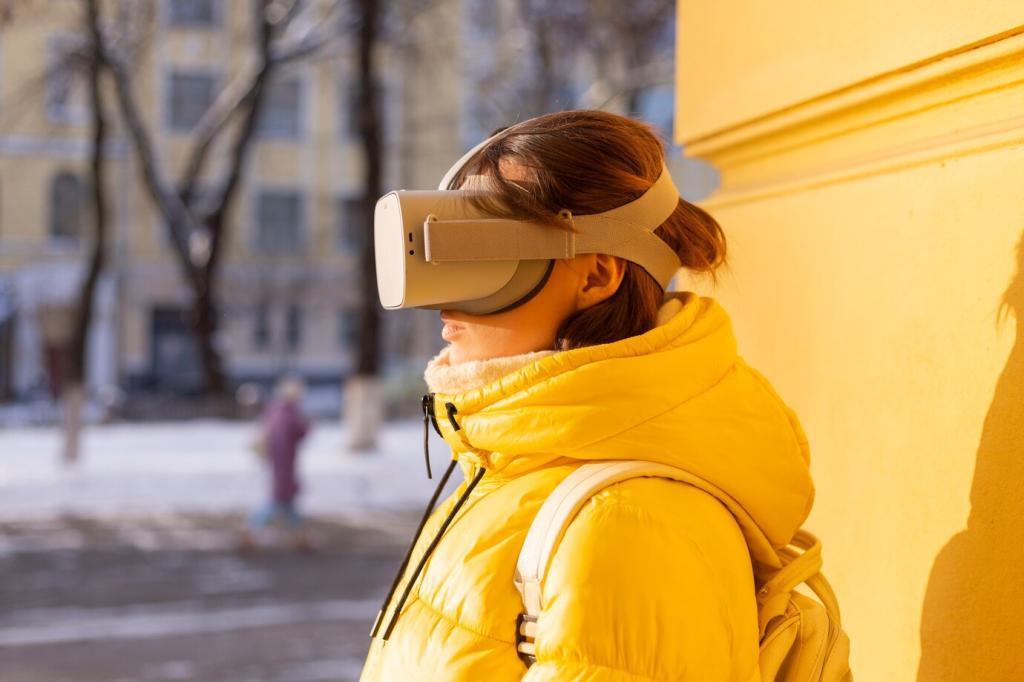
Lightweight Wearables and Better Passthrough
Headsets are trending smaller with improved color passthrough, while phones keep gaining depth and semantic understanding. This convergence widens where and how AR can shine daily.
Reusable Spatial Design Systems
Design tokens are evolving into spatial tokens—standards for scale, occlusion, shadows, and interaction rhythms. Teams will ship faster by assembling consistent, tested spatial components.
Share Your Prototype
Post a short screen recording or headset capture and describe your goal, audience, and biggest challenge. Tag your post so our community can review and suggest improvements.
Subscribe for Field Notes
Get monthly briefs on new tools, case studies, and pattern libraries focused on AR for creative design. We spotlight reader projects and distill practical takeaways you can apply immediately.
Ask a Question, Start a Thread
Curious about anchoring, comfort, or storytelling structures in AR? Drop a question and we will invite practitioners to weigh in with examples, pitfalls, and design exercises to try.
